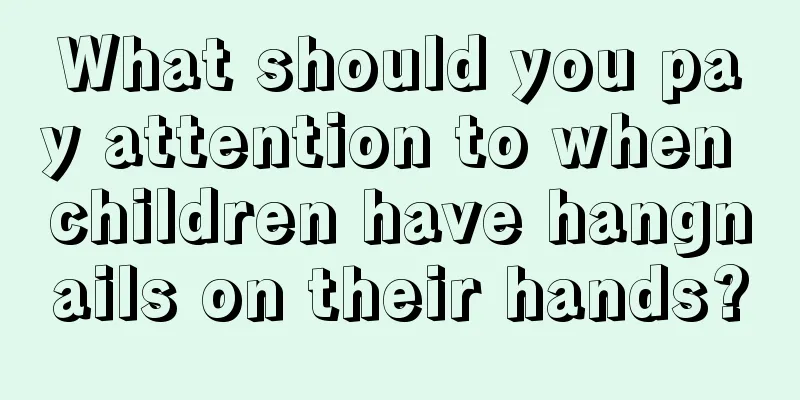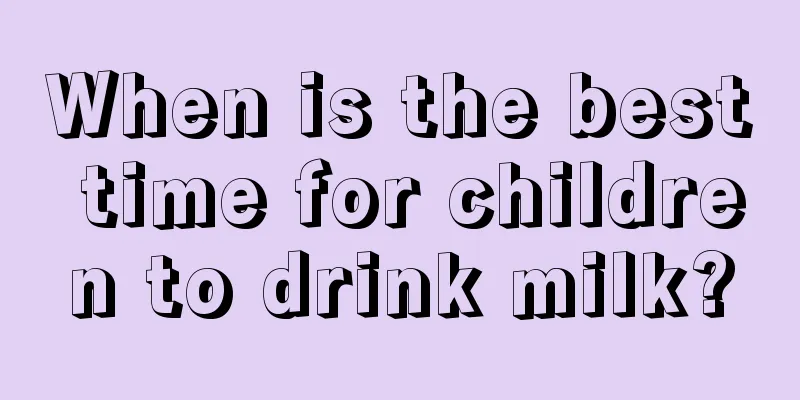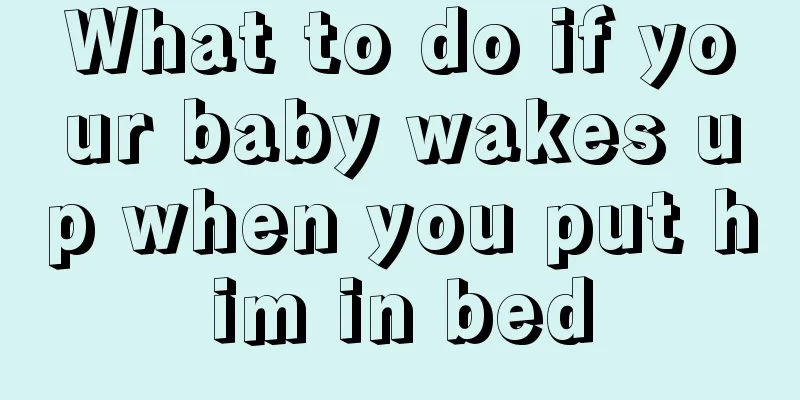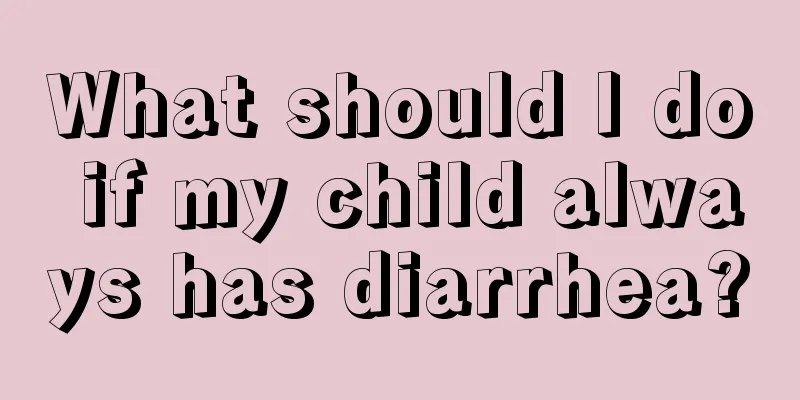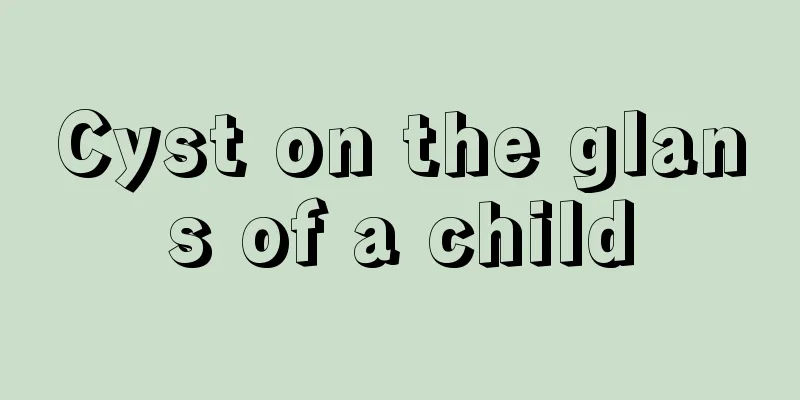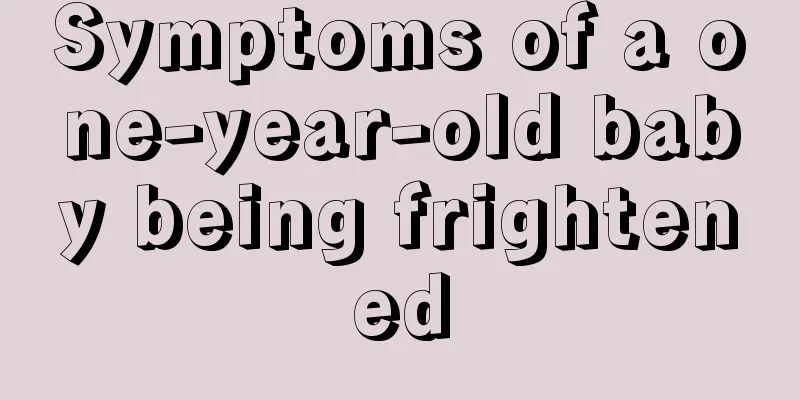What should I do if my baby has a fever?
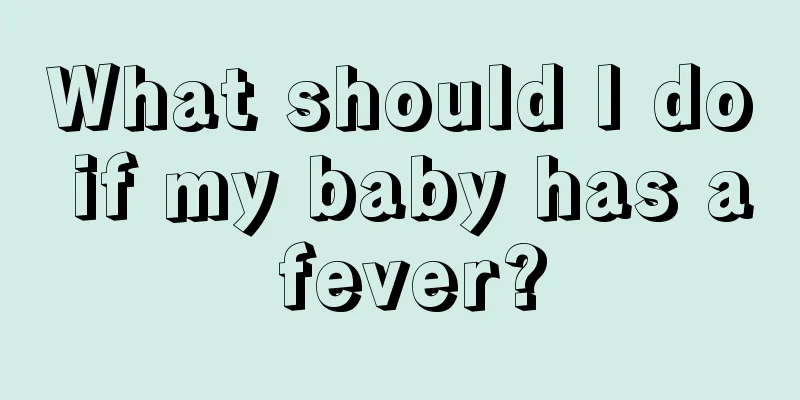
|
Many babies are the apple of their parents’ eyes. If they develop a disease, it is the parents who are worried and distressed. However, many families do not know how to deal with many of their children’s symptoms because they are new mothers. When some babies have a fever, many parents are at a loss as to what to do. So what should we do if our baby has a fever? Next, let’s ask an authoritative expert to explain it to you. When your baby has a high fever, he or she may become listless, have a poor appetite, become irritable and cry constantly. A few babies have a weaker ability to adapt to high fever. body temperature It will rise rapidly in a short period of time and cause a short-term "fever cramp". Therefore, parents should try to lower their baby's temperature when he has a fever, such as Avoid dressing your baby in too many clothes or covering him with too thick bedding. If the baby's temperature is very high, parents can quickly bathe or wipe him with warm water. This can effectively cool down the body and help the skin blood vessels dilate, increase blood circulation and help dissipate heat. But do not use cold water or alcohol Bathing your baby with water may help cool the baby's body for a while, but it will cause the blood vessels in his skin to constrict, trapping the high fever in the body. It cannot be dissipated in the body. Parents can also use fever reducers to reduce their baby's fever. Fever is a defensive response of the human body to disease. Fever in children is a common symptom of many pediatric diseases. Low-grade fever, with body temperature between 37 and 38.5°C, does not cause much harm to the body. For some diseases, it can even help the patient recover, so there is no need to take special measures to reduce the temperature. However, if moderate fever (body temperature 38.5-39℃) and high fever (body temperature over 39℃) last too long, it may cause damage to the body, especially have adverse effects on the central nervous system, so measures must be taken to treat early and provide careful care. How should parents care for children with fever? They should pay attention to the "three dos" and "three don'ts", observe carefully, and care for them seriously. 1. It is advisable to keep the home air circulating. As we all know, heat dissipation is mainly achieved through three mechanisms: convection, conduction and evaporation. Therefore, air circulation is conducive to heat dissipation and cooling. 2. It is advisable to drink more water, which can replenish the water evaporated due to fever. Sweating after drinking water and the evaporation of water can help reduce fever. In addition, increased urination can also allow some heat to be removed through urine, accelerating the reduction of fever. If you sweat a lot, you should wipe it off in time to prevent colds. 3. Appropriate antipyretic measures should be used. Physical cooling is a fever-reducing method that utilizes the principles of convection, conduction, evaporation, etc. in physical heat dissipation. It is safe, simple and reliable, and is the preferred fever-reducing measure. For example, opening doors and windows, or using a fan to accelerate air circulation is a way of utilizing the principle of convection, which can be adopted by all households. The idea that you can't open windows or use fans when it's hot is wrong. Of course, you can't blow the fan towards the sick child. Based on the principle of heat conduction, you can also use ice or cold water to apply to the head, neck, armpits and bilateral groin to reduce fever. When applying ice, wrap the ice bag with a layer of cloth to prevent local skin frostbite. Wiping with 35-40% alcohol or warm water at about 30°C can dilate skin capillaries and accelerate water evaporation. It is also a fairly simple way to reduce fever. When taking an alcohol bath, be careful not to wipe your head, face, and chest. When physical cooling methods are ineffective, appropriate antipyretic drugs can be selected under the guidance of a doctor. For children with fever, the following three taboos must be noted: 1. Avoid closing doors and windows and wearing too much clothing. Keeping doors and windows tightly closed is not conducive to air circulation, and wearing too many clothes hinders the dissipation and evaporation of heat, both of which are not helpful in reducing fever. 2. Avoid abusing antipyretics. Most antipyretic drugs have side effects, and some can even cause serious reactions such as leukopenia, bleeding, and hemolysis, so their frequent use is useless. 3. Avoid reducing fever too quickly. Reducing fever too quickly or too aggressively can cause a large loss of body fluids in children, resulting in a drop in blood pressure or even shock, so reducing fever should be gentle and not too hasty. Fever in children is just one manifestation of various diseases. The absence of fever does not necessarily mean the absence of disease, and the reduction of fever does not mean that the disease has been cured. Therefore, the key lies in the treatment of the primary disease. It can be used as a reference under the guidance of medication. The above are the relevant articles about baby fever. I hope that after reading the above article, you will know how to deal with this situation. The baby’s health is already very poor, so you should pay more attention to the baby’s health care. |
<<: How to help babies digest food
>>: How to prevent babies from getting prickly heat in summer?
Recommend
Baby's forehead is hot but body temperature is normal
Babies are the treasure of every parent, so the l...
What to do if your child keeps coughing
Coughing is a common phenomenon that occurs in bo...
How to first aid when baby chokes on water
Nowadays, many new parents want to give their chi...
Symptoms of asthma in children at different stages
Children are a relatively large group in our live...
What should I do if a five-year-old boy always sweats when sleeping?
Sweating is a way for our body to adjust itself. ...
Why is there blood in the stool of an eight-month-old baby?
Children are the treasures of every family, and m...
What is the normal height for a two year old?
For some people who are just starting to become m...
What to do if your baby's tooth is broken
Children are very naughty when running and jumpin...
What to do if your baby's gums are red and swollen
When the baby feels unwell, he will always cry. S...
Does mugwort have any effect on babies?
When mugwort grows, it looks like a straight pole...
What to do if children's tonsils are repeatedly inflamed and suppurated
Tonsillitis in children is a common disease. When...
Full month baby's belly is hard
The appetite of a baby who has just turned one mo...
What should a six-year-old eat to grow taller?
Many six-year-old children have incomplete physic...
How to prevent baby herpes
Infant herpes is a common disease in our daily li...
What should I do if my child has a fever and wants to vomit but can't?
Because children have lower resistance, they are ...
